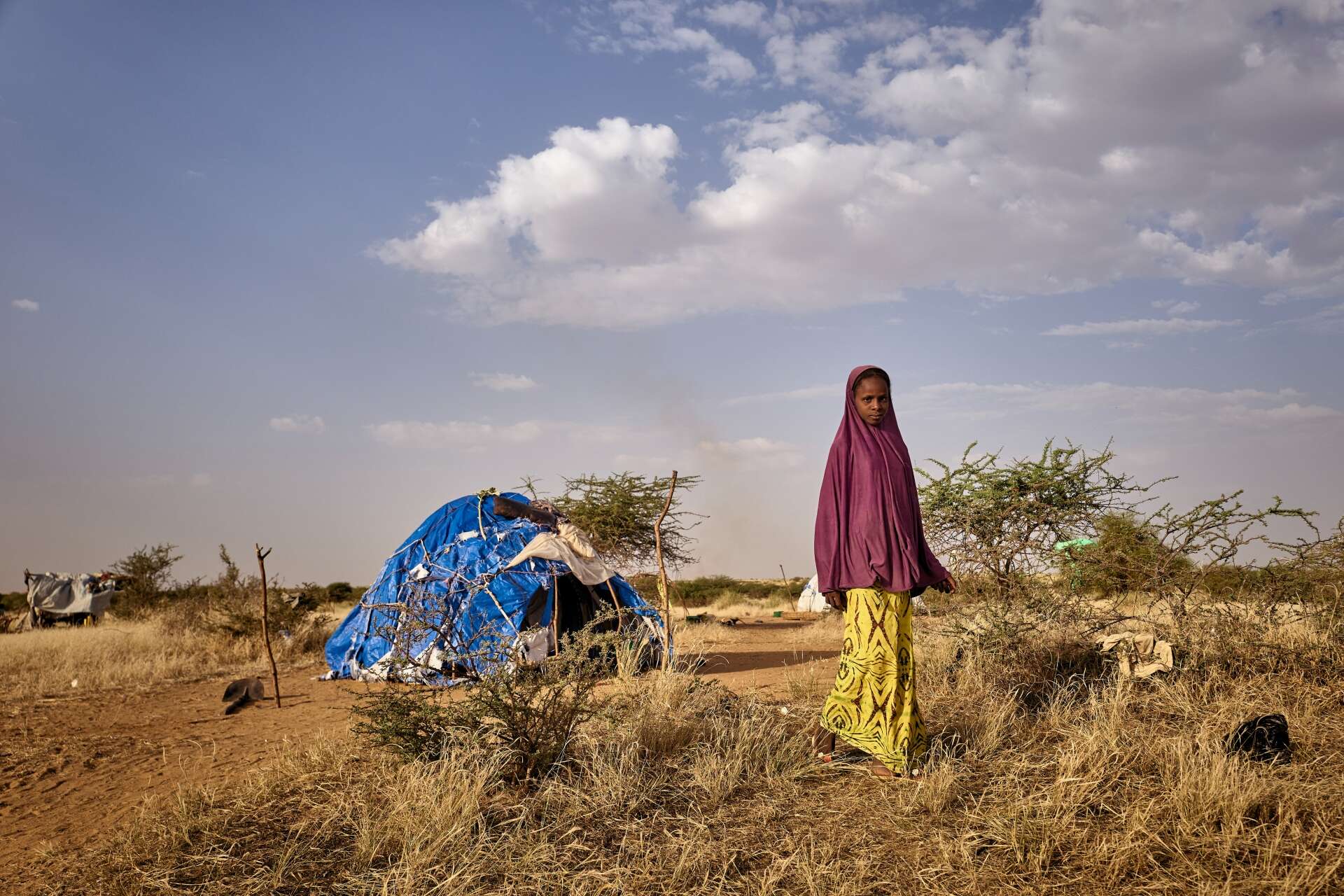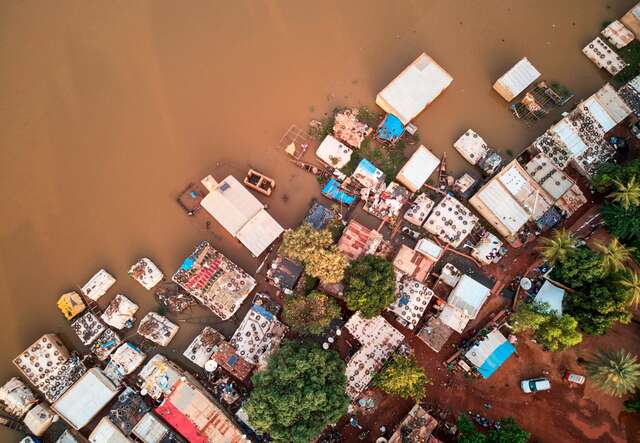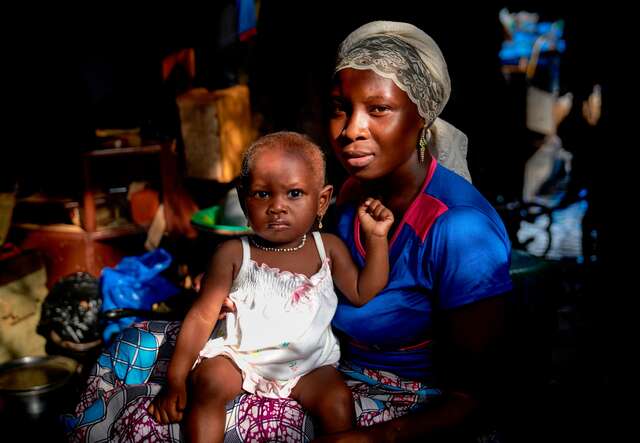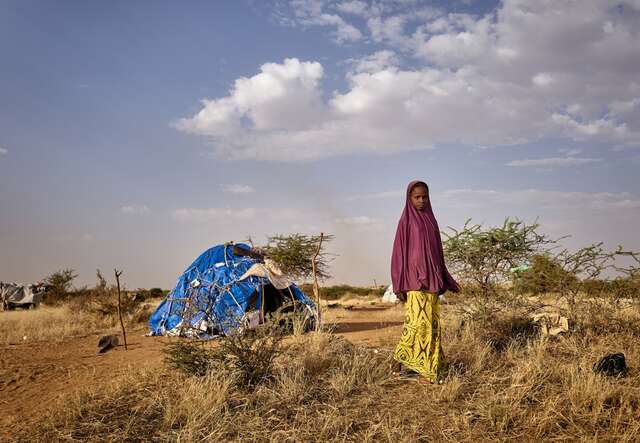
Crisis in Mali: What you need to know and how to help
Here are four reasons why the International Rescue Committee’s Emergency Watchlist ranks Mali as one of the countries most at risk of experiencing a worsening humanitarian crisis in 2024.

Here are four reasons why the International Rescue Committee’s Emergency Watchlist ranks Mali as one of the countries most at risk of experiencing a worsening humanitarian crisis in 2024.
Mali ranks on the IRC’s 2024 Emergency Watchlist as dual security and economic crises drive civilian harm and humanitarian needs. The fight for control over territory between the central government and nonstate armed groups is putting civilians in direct danger.
The conflict drives forced displacement, deepens poverty and amplifies the adverse effects of climate shocks on food security. Humanitarians face life-threatening challenges delivering support to vulnerable communities under siege with no end to the violence in sight.
Read on to learn more about the risks that Mali faces in 2024.
After a decade of operations, Mali's central government has decided to expel the U.N.'s peacekeeping force from the country. Now, Mali will continue the fight against nonstate armed groups independently.
These nonstate armed groups control swaths of territory and have laid siege to several urban areas, preventing residents from accessing essential goods and services.
“The humanitarian situation in Mali continues to worsen,” warns Matias Meier, IRC Country Director for Mali. “People need everything, starting with the most basic human needs such as water, food, shelter, and adequate sanitation.”
Approximately 7.1 million people need humanitarian assistance, with nearly 400,000 among them being internally displaced.
Mali, Burkina Faso and Niger announced their withdrawal from the Economic Community of West African States (ECOWAS) on 28 January 2024, adding uncertainties to the political landscape.
The IRC’s 2024 Emergency Watchlist outlines four risks that Mali will face in 2024. These risks are likely to exacerbate conditions in the country and lead to a worsening humanitarian crisis.
Mali’s central government, which assumed power through a coup in 2021, faces growing threats from nonstate armed groups. A 2015 peace agreement with armed groups in the northern region broke down in September 2023 following the withdrawal of the U.N. 's peacekeeping mission.
The recent military capture of Kidal, a town in the northern region, may indicate the potential for renewed clashes as the government strives to regain control over northern Mali. Meanwhile, clashes between different nonstate armed groups intensify as groups vie for power and territorial control.
The escalating insecurity in Mali has a profound impact on civilians, leaving them particularly vulnerable and affected. Violence against civilians surged by 38% during the initial eight months of 2023, in contrast to the same period last year. This worrisome trend is expected to worsen as the central government confronts armed factions on multiple fronts, with some initially pro-government groups forging alliances with armed opposition forces.
Many Malians are unable to access key services such as education, health care, water and sanitation. Nearly half of the country grapples with poverty. New sanctions introduced by the Economic Community of West African States (ECOWAS) in response to the Malian military’s disruption of trade in border areas are expected to worsen the situation.
Additionally, Mali’s vulnerability to climate change will drive growing needs if drought conditions persist. Prolonged drought can escalate communal violence as resources such as water and fertile land become increasingly scarce. Moreover, it threatens the livelihoods of farmers and herders, resulting in a rise in poverty and the inability to afford essential goods and services.
Mali and neighboring Burkina Faso and Niger are all experiencing crises compounded by both conflict and climate shocks.

The United Nations has issued a stark warning: in Mali, a million children under the age of five face the imminent threat of acute malnutrition. This dire situation arises from a combination of conflict, internal displacement, and restrictions on humanitarians hindering the delivery of vital aid to vulnerable communities. Some 200,000 children may die if aid does not reach them.
Food insecurity is most extreme in Mali’s conflict-affected regions. Armed groups are blockading cities and towns, restricting the transport of essential goods and leading to significant shortages of food and fuel. Communities under siege often face challenges in producing their own food, resulting in reduced supply and increased prices.

Humanitarian access faces several constraints in Mali, with ACAPS rating barriers in Mali as “very high” (4 out of 5). Unfortunately, the humanitarian response plan for Mali received only 30% of the necessary funding for 2023. As a result, millions of people were left without critical humanitarian assistance.
The U.N.’s peacekeeping mission in Mali, which has been working to improve security and protect civilians since 2013, is withdrawing its final peacekeeping forces. Meanwhile, escalating conflict between the military and various armed actors will further hinder the delivery of humanitarian aid and services, especially in the northern and central regions as well as in areas under blockade.
As armed groups strengthen their grip on northern and central Mali, humanitarian workers encounter escalating challenges to their mobility, including the presence of checkpoints and other logistical obstacles.

Since 2012, the IRC has provided critical assistance to more than two million Malians displaced by conflict and facing severe food shortages. The IRC delivers life-saving support in the areas of health, nutrition, economic recovery and development, education, water, sanitation and hygiene, as well as protection and governance.
The IRC is focusing our efforts in the Ménaka, Gao, Douentza, Mopti and Nara regions by providing emergency relief, supporting village savings and loan associations, and providing water, sanitation and hygiene services as well as health services.
Learn more about the IRC’s response in Mali.
Donate now to support the IRC's life-changing work in Mali and worldwide. We are on the frontlines providing critical aid to crisis-affected people in more than 50 countries, including places on the 2024 Emergency Watchlist.
Read more about the top 10 crises the world can’t ignore in 2024 and download the full 2024 Emergency Watchlist report for profiles of all 20 crisis countries on the IRC's list.